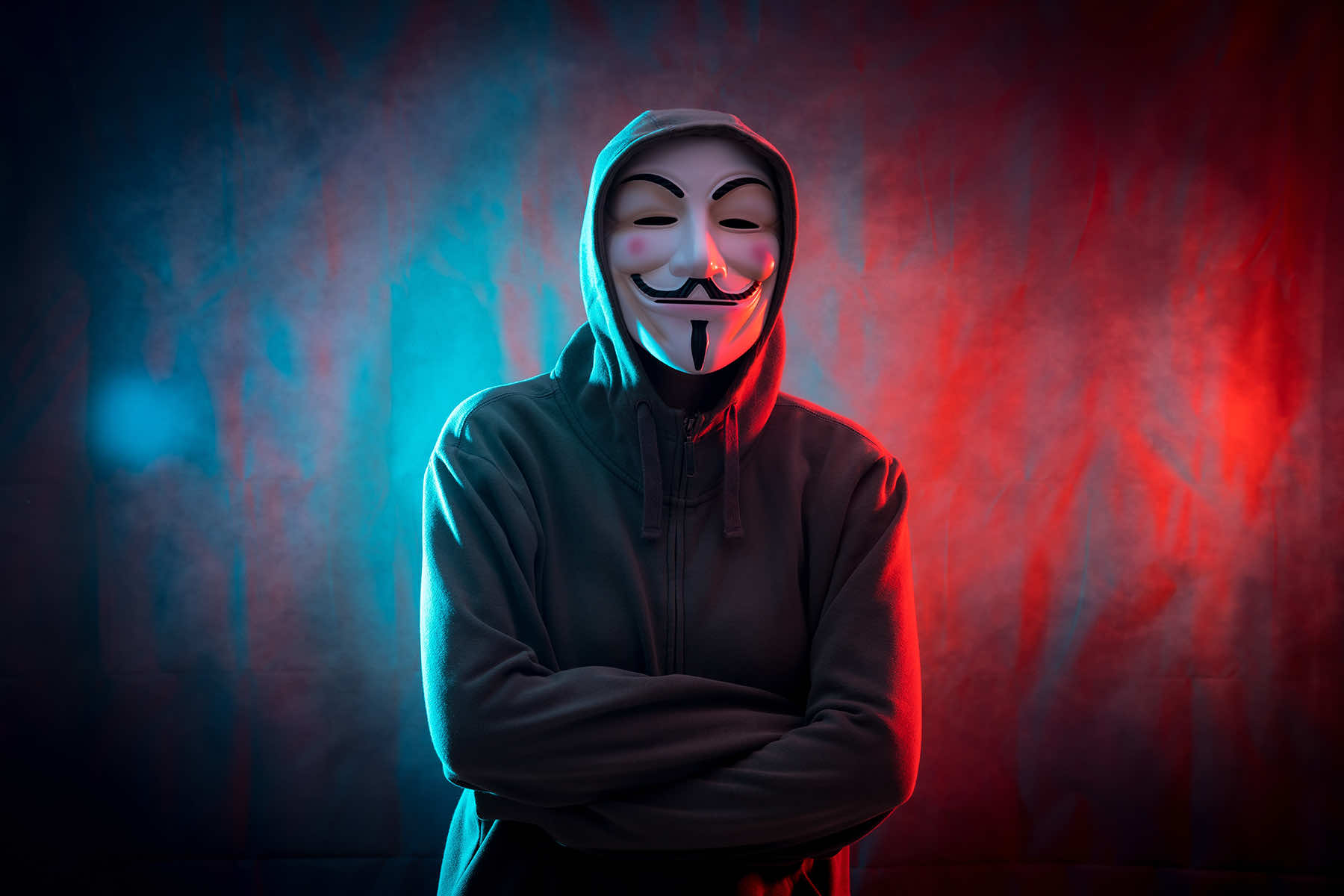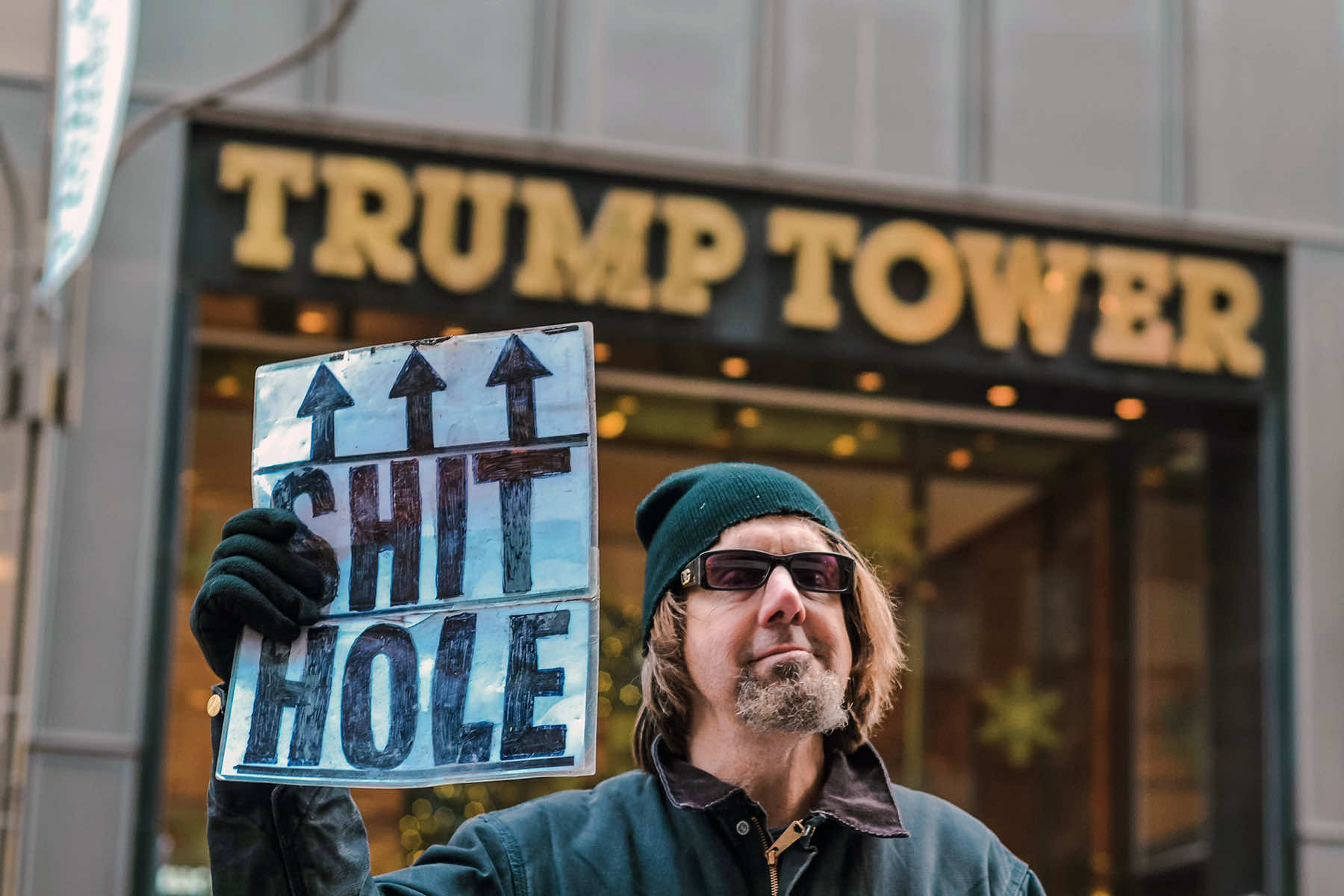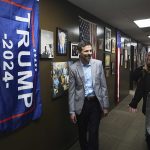
The immediate aftermath of Donald Trump’s second presidential victory solidified an unsettling reality: America now mirrors the dystopian landscape of the film “V for Vendetta” in ways that can no longer be dismissed as coincidental.
Widespread public complacency, fueled by relentless political theatrics and orchestrated media campaigns, has enabled a climate of fear and control reminiscent of the film’s oppressive regime.
Such a moment demands recognition of the dangerous trajectory that continues to gain momentum under Trump’s renewed mandate and Elon Musk’s burgeoning influence, lest the nation fully descends into the very totalitarian nightmare once confined to fiction.
Trump’s administration has proven adept at capitalizing on national unease to justify unprecedented expansions of executive power. The orchestrated division of the populace, coupled with rhetoric that frames dissent as treachery, directly echoes the film’s portrayal of a government exploiting terror to ensure obedience.
These tactics align with the movie’s depiction of a populace willing to surrender civil liberties in exchange for hollow promises of safety. The acceptance of government overreach is no longer a fringe concern. It is now a cornerstone of daily political discourse and the guiding principle of countless policy decisions.
“V for Vendetta” premiered in 2006 as a cinematic adaptation of the 1980s comic series by writer Alan Moore and artist David Lloyd. The film was directed by James McTeigue and produced by the Wachowskis, known for their groundbreaking films “The Matrix” and “Cloud Atlas.”
The story centers on the masked vigilante known only as V, who uses radical methods to topple a totalitarian British regime. The graphic novel’s origins are steeped in political commentary, with each frame of the source material reflecting a direct challenge to oppressive governance and societal complacency.
The film and comic both revolve around the rallying cry, “Remember, remember the Fifth of November,” linking V’s vigilante campaign to the real-life Gunpowder Plot of 1605, when the infamous Guy Fawkes was apprehended while attempting to blow up the English Parliament.
That historical event, commemorated each year in Britain with bonfires and fireworks, is crucial to understanding “V for Vendetta” as it symbolizes the power of a single, decisive action to challenge a seemingly insurmountable establishment.
The adaptation’s iconic Guy Fawkes mask, worn by V, also represents a collective stand against tyranny. The iconic look made its way into mainstream culture during public protests after 2006, serving as a reminder that political oppression can be confronted through the unyielding spirit that drives citizens to resist totalitarian forces.
Though set in a dystopian vision of Britain, the film examines universal themes of state overreach, mass fearmongering, and the erosion of individual freedoms. Those elements readily parallel the dynamics under Trump’s second term, assisted by Musk’s unhinged interventions. V’s revolution against a propaganda-driven establishment reveals how even technologically advanced societies can devolve into despotic control when unchecked power meets public passivity.
The parallel becomes clearer when analyzing the administration’s manipulation of information. “V for Vendetta” portrays a broadcast system that churns out propaganda designed to stifle criticism and manufacture consensus.
In the current reality, Musk’s massive technology empire has provided the White House with an indispensable megaphone. Critics are casually dismissed as traitors, while platforms previously considered neutral have evolved into tools for amplifying the administration’s carefully curated toxic messages.
The resulting bubble – tolerated and even embraced by large segments of the population, has created the perfect environment for the government to operate without meaningful checks. This echoes the film’s relentlessly controlled media environment, where dissenting voices vanish and official narratives face little to no scrutiny.
The White House’s drive to centralize authority also finds support in the proliferation of sophisticated surveillance systems. Government agencies have seized on legitimate concerns over national security to justify further encroachment on privacy rights.
Unfettered data collection on American citizens proceeds with minimal oversight. Every electronic transaction, social media post, and phone call is subject to potential monitoring, consolidating Trump’s grip on essential levers of control.
These systematic erosions of personal freedom mirror the film’s depiction of oppressive oversight, complete with dire consequences for any who challenge the established order. The once-comforting presumption that constitutional safeguards would forever protect the public is being proven tragically naive.
Musk’s role only accelerates these trends. In “V for Vendetta,” technology is appropriated by the state to suppress the masses, ensuring the regime’s absolute authority. Today, Musk’s projects, from satellite networks to private space ventures, place vast technological capabilities in the hands of an administration intent on bending those tools to fit its agenda.
By intertwining commercial innovation with political power, his collaboration with the government creates an imposing apparatus for influence and compliance. Much like the film’s depiction of a watchful regime that controls nearly every aspect of public life, the combined force of government and corporate technology now edges closer to uncontested dominance.
Trump’s second term has also escalated punitive measures against dissenters. New legislation prioritizes government prerogatives over civil rights, echoing the film’s ruthless treatment of those deemed enemies of the state. The escalation of police authority and the broadening definition of domestic threats have rendered opposition more precarious.
By harnessing a narrative of peril, similar to “V for Vendetta’s” atmosphere of looming conspiracies, the Trump administration ensures unwavering popular support for future crackdowns. The public’s readiness to rally behind the White House whenever it proclaims an existential threat has emboldened an approach that tolerates no defiance and labels all protests subversive.
No clarity exists on how deeply such crackdowns could run, as Trump is only now implementing test cases to set a precedent. In “V for Vendetta,” the regime stages events that justify draconian measures, effectively silencing any groundswell of resistance.
Contemporary parallels suggest that a similar dynamic could take hold. In the face of public demonstrations, the Trump administration would be expected to swiftly label participants as radicals conspiring to undermine national stability.
The corporate industrial media complex, buoyed by Musk’s tech empire and sustained by profits from right-wing rage machines like FOX, would magnify this narrative until skepticism of official accounts becomes labeled as acts of heresy. The baseless sense of looming catastrophe would win out, as the government’s harsh strategies faced little organized challenge.
The ramifications of this pattern extend beyond the borders of the United States. “V for Vendetta” showcased an inwardly focused tyranny that wielded ruthless domestic control. Today, in an interconnected world, every directive in Washington DC potentially reverberates globally.
Ally nations would eventually decide whether to continue supporting an American administration that shows blatant disregard for individual rights or not. The White House, unconstrained by the timid criticism of foreign governments, wields its influence across continents.
Instead of serving as a deterrent, the international community’s reproaches would be treated like inconsequential static, drowned out by Trump’s endless lies and brash claims of national strength. Those who dare question that stance would be summarily dismissed, further emboldening policies that push authoritarian boundaries.
The fervor of Trump’s core supporters has proven decisive in buttressing his administration’s most extreme positions. Guided by a conviction that their leader’s every action is both necessary and inevitable, these American citizens exhibit no reservations about the consequences of their allegiance.
That zeal fortifies the White House’s attempts to align reality with its own mythos, just as the regime in “V for Vendetta” relies on a fear-stricken populace. By vilifying any opposition as corrosive to national unity, Trump has tapped into an unshakable base of Americans who treat state power as destiny. It is the very formula that the film depicts as essential for total subjugation: cultivate fear, pledge security, and then obliterate dissent.
State-sponsored propaganda, once spoken of in hushed tones, flourishes brazenly in Washington – often parroting verbatim what enemies like Russia’s dictator Putin spread. Daily White House briefings paint an America under assault from both real and invented foes. Official statements habitually dismiss factual contradictions as mere fabrications.
Trump repeats these false narratives on Musk-controlled platforms, ensuring that any counterargument is swiftly drowned out by an onslaught of partisan affirmation. Just as “V for Vendetta” dramatizes the inevitability of a society succumbing to uniform messages, so too does modern America risk becoming an echo chamber that leaves no room for rational debate. The power of right-wing MAGA microphones grows each day, drowning the voices of reason in a carefully orchestrated sea of fear.
With the aim of a contrived state of emergency, the decades of Republican’s “Culture Wars” have suppressed moral objections that might previously have sparked widespread outrage. In “V for Vendetta,” citizens submit to curfews, blackouts, and relentless restrictions. Modern parallels appear in the form of pervasive surveillance, restricted protest permits, and repeated claims that critics jeopardize national security.
Institutional checks have proven lethargic, weighed down by an imploding bureaucracy unwilling to question the entrenched narrative. The resulting passivity only accelerates the feedback loop of expanded government authority and diminished individual rights.
Such parallels carry grave warnings for the future. If “V for Vendetta” offers any glimpse of what happens next, the nation will continue sliding toward a fully controlled society under the guise of ideological purity.
The initial tolerance for authoritarian methods inevitably transforms into outright endorsement of domestic suppression. The film’s final act depicts an uprising spurred by unendurable oppression.
Reality, however, holds no promise of such a precise tipping point. Instead, small concessions to government overreach accumulate until the point of reversal disappears. The instruments of control — endless surveillance, corrupted mass media, and unceasing propaganda — leave little opportunity for peaceful course correction.
Musk’s incremental entanglement with the administration heightens the urgency of these concerns. His platforms have increasingly aligned with government interests. The synergy between political power and technological reach has spawned a self-reinforcing circle of authority.
Should Trump’s executive actions face resistance from official watchdogs, Musk’s companies can swiftly deploy advanced analytics, amplification tools, and direct communication channels to sway popular opinion. The arrangement ensures minimal friction for policies that would otherwise face substantial scrutiny. The result is a streamlined path to implementing the most draconian directives with limited accountability.
Despite these stark realities, momentum remains firmly on Trump’s side. The reelection has been touted as a mandate to continue pursuing unyielding policies. In “V for Vendetta,” the ruling class’s hubris becomes its vulnerability, yet that downfall only arises when citizens unify against oppression.
Under the existing conditions in Wisconsin and every state in the union, where propaganda reigns and political opponents are painted as agitators, forging actual unity appears all but impossible. Even when the administration’s strategies veer into the territory of open hostility toward fundamental rights, the government deflects criticism with ease, labeling challengers as threats to the public order – or placing the blame on rivals.
Such circular logic, embraced by Trump’s supporters, forms the backbone of an enduring autocracy. The final implication is that America risks replicating the darkest chapters of “V for Vendetta” unless the current direction changes.
The White House’s obsession with centralized authority, heightened by Musk’s financial resources and omnipresent technological apparatus, renders resistance notably more difficult than in any prior era. The movie’s warnings about a society lulled into submission by fear, propaganda, and controlled messaging are not abstract parallels. They are the reality of a nation that has confused authoritarianism with strength.
Each passing day brings further entrenchment of power, leaving precious little space for any alternative vision of governance to flourish. America’s transformation under Trump’s renewed so-called leadership has proven that the once-hypothetical scenario of “V for Vendetta” can, in fact, manifest.
The path forward will be defined by a political landscape in which dissent is vilified, information is orchestrated, and complacency masquerades as duty. That trajectory, if uninterrupted, leads inexorably toward a system as tyrannical as the film’s fictional dictatorship.
Absent a profound societal reckoning, the nation hurtles closer to an era in which free thought is a relic, technology is a silencing tool, and unquestioned loyalty is the price of survival. The warnings etched into the celluloid of “V for Vendetta” have become unmistakable signs of a grim present and an even bleaker future.
© Photo
Unai Huizi (via Shutterstock) and Alex Haney (via Unsplash)















